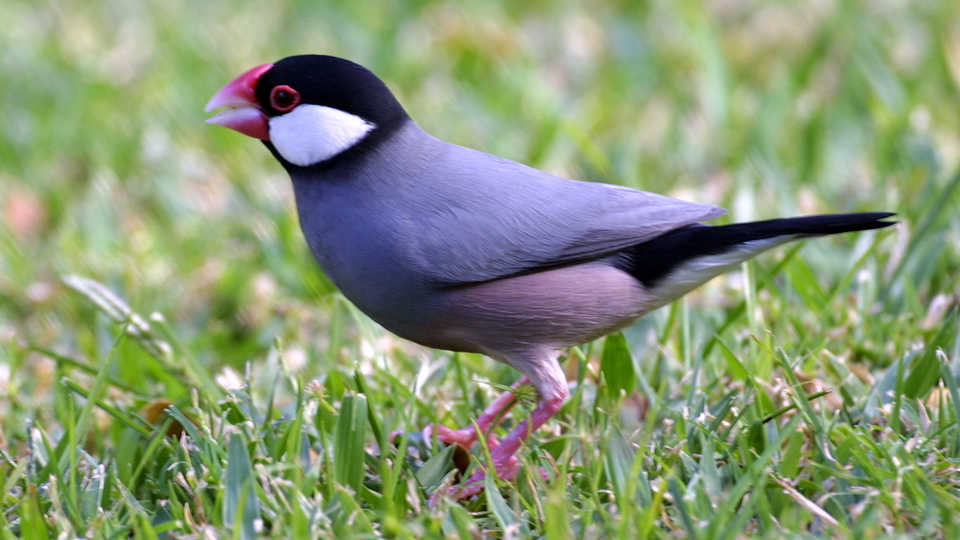Science News
Beat of their own Rhythm

Some animals march to the beat of their own drummer, literally. Whether for courtship, for warning, or just for fun, birds are well known for their varied song, and the purpose of those songs is well studied, if not always well understood. Masayo Soma and Chihiro Mori of Hokkaido University saw a gap in those studies: how birds combine song with rhythm in their rituals.
The two biologists zeroed in on the Java sparrow’s tendency to click its beak while singing. “Animals can synchronize their behaviors with external stimuli,” they note in their freely-available paper in PLoS ONE; however, “few studies have applied such perspectives to unraveling how animals can integrate multimodal communicative signals that have natural functions.” That is, how they respond to their own song for their own purposes.
Soma and Mori note that “bill clicks were well coordinated with song-note sequences.” The Java sparrows click their beaks in specific rhythmic patterns relating to their song, and those songs are often passed down from father to son, showing the sparrow’s ability to learn musical behaviors. You may have seen such things before, as in this famous YouTube video featuring the Australian Lyrebird.
Many other papers have made similar assertions over the years (see here and here). Others have attempted to connect the cultural transmission of bird song with human behavior, sometimes comparing birds’ behavior to human dancing or drumming—but without supporting evidence. Soma and Mori find the idea attractive, stating that, “this important finding supports the idea that bill-click production in relation to note sequence is culturally transmitted,” but note that it falls short of the rigors of science. Little evidence supports the cultural transmission claim, something the authors themselves admit in their paper: “whether clicking patterns themselves were learned or whether they were simply linked to learning-based vocalizations is still debatable.”
While more data are always useful in science, not all research can receive the label of “groundbreaking.” This paper may be the mortar—if not a shining tile—in the mosaic of our knowledge of the natural world.
Image: Kim Bridges/Wikipedia